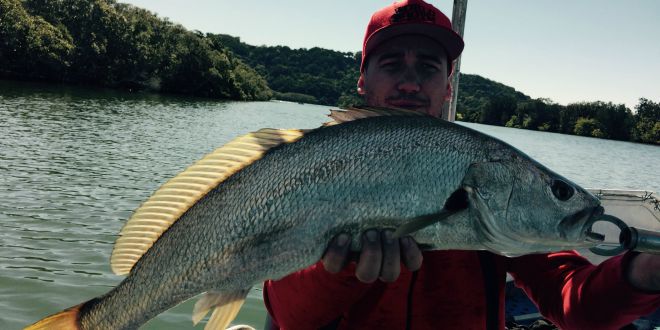To reap the rewards and become competent at this technique, a chain of events must occur. Neglecting parts of the chain will result in less captures or even worse, no catches at all. The first link in the chain is to have a small range of hard-bodied minnow lures that dive to different depths.
Of course you need to remember the depth or dive rating of the lure, which 90 percent of the time is marked on the packaging the lure comes in. I always look for small lures up to about 60mm in length that vary in depth ratings from 1-5m.
To help you out with this choice, some of my favourites are Little Mates, Pontoon21 CrackJacks, Lively Lures Micro Mullets and O.S.P Dunks. Considering the most common species you will encounter in our area are flathead, bream and whiting, you will only need light equipment. A 2-4kg outfit with 6lb braid and 6lb leader is what you want. This light braid will help ensure your lures dive to their recommended depth.
I have been using Toray braid for a few years, and even though you might have to pay a bit for it, I find its strength and fine diameter are well worth the price because the thin diameter definitely helps the lures dive to their maximum depth.
The next link in the chain is to choose an area in which to commence your trolling campaign. A few good locations to try are along the fringes of seagrass beds, sand bars and rock walls. Once you have your chosen area, the next step is to evaluate the average water depth you are going to fish.
Obviously a sounder is a must in order to accomplish this. With that done, let’s say the average water depth for the chosen troll is 2m. You then choose the appropriate lure that dives to 2m.
If the water depth is 1m, choose a 1m diver and so on.
To me, matching your lure’s maximum dive rating to the chosen depth of water is the most important link in the chain and what turns trolling into mastery. If you can do this, your lures will be skimming along and continuously tapping the bottom, bringing up puffs of sand, mud, shell grit and other components of the bottom, which I believe is the biggest drawcard for enticing a strike.
The fish likely interpret the puffs of sediment as perhaps a baitfish, prawn or crab foraging along the bottom, which in turn creates a reaction and reflex-stimulated strike. Other links in the chain are the distance we set the lures behind the boat and trolling speed.

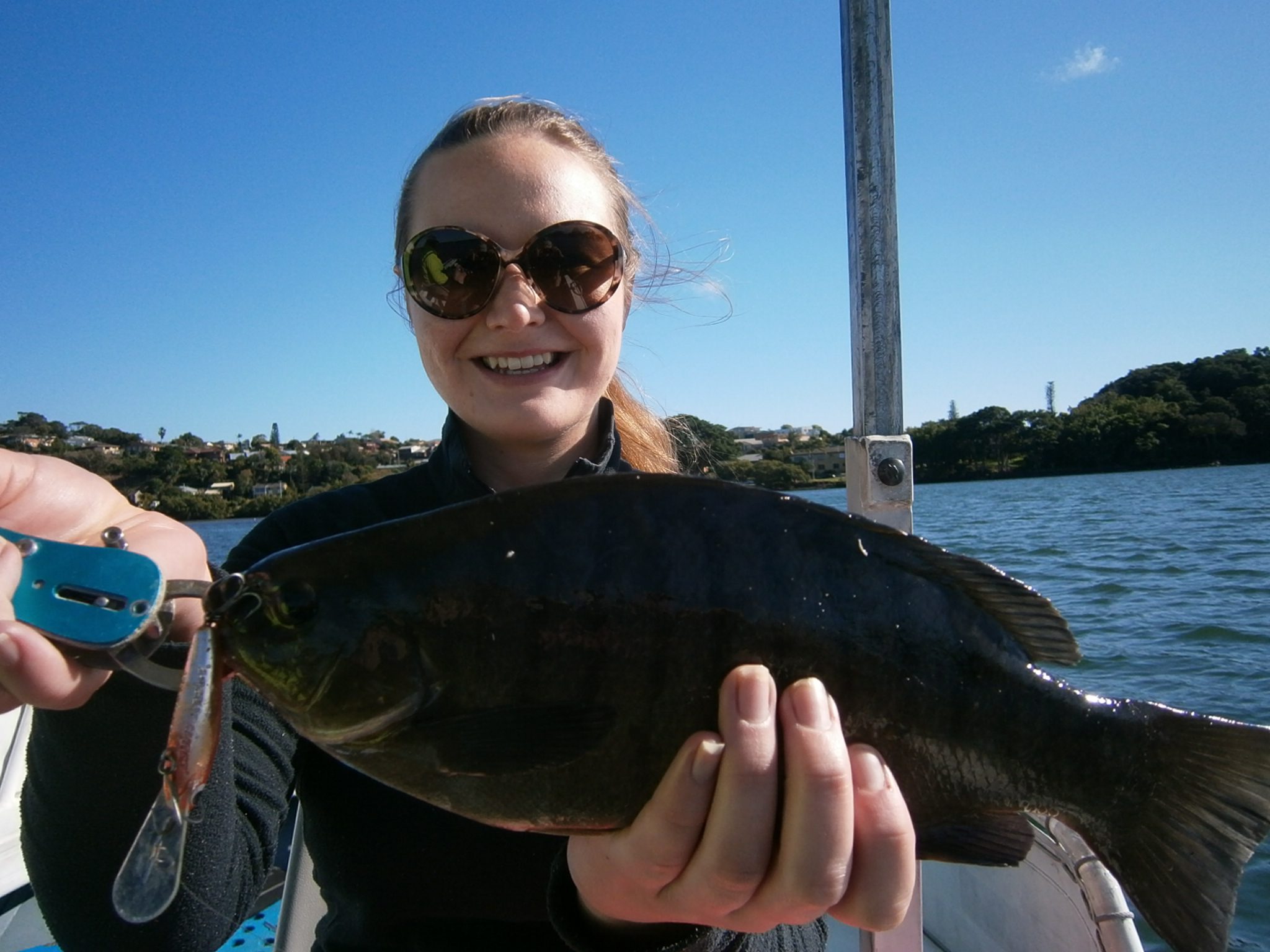
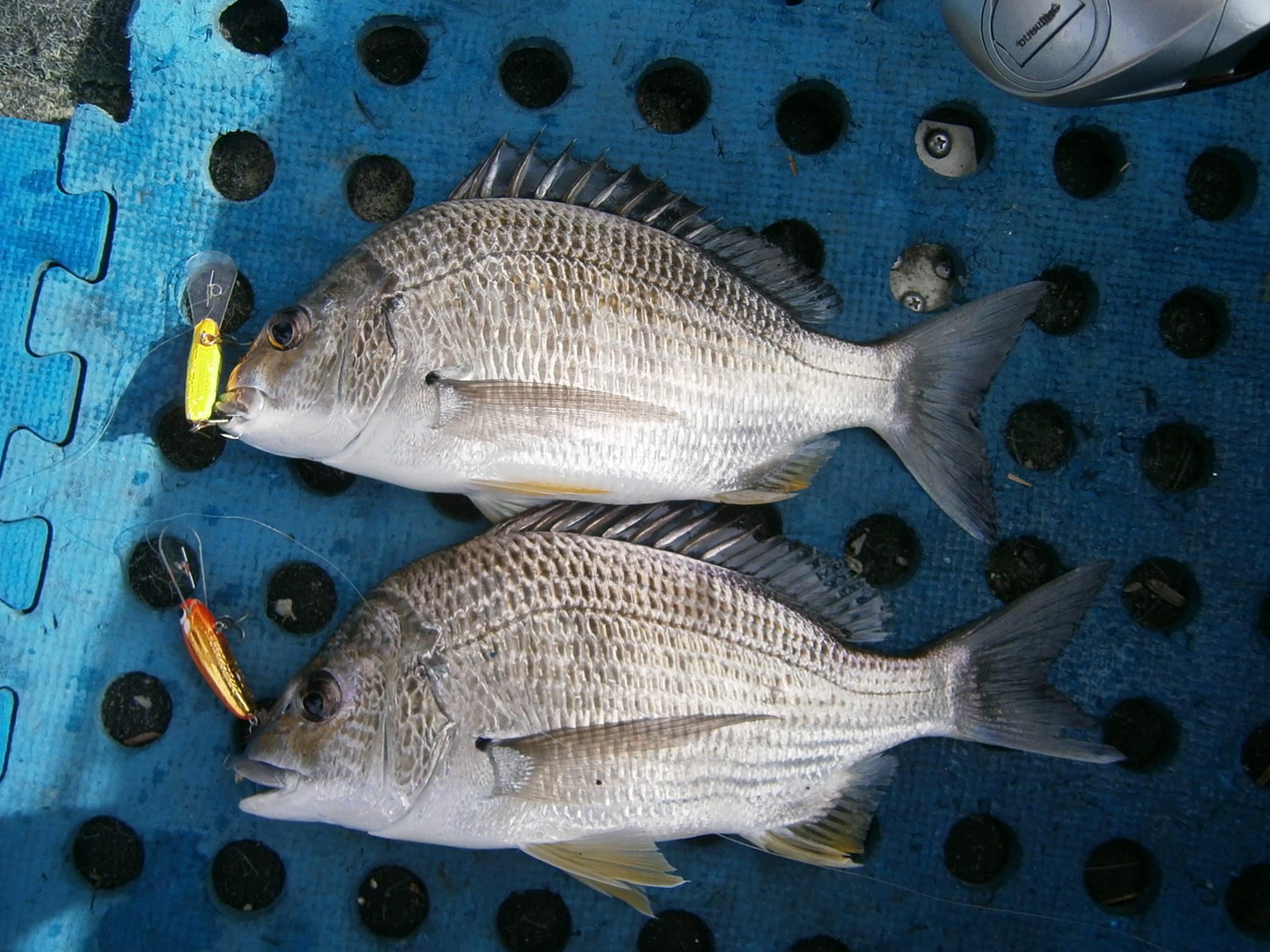
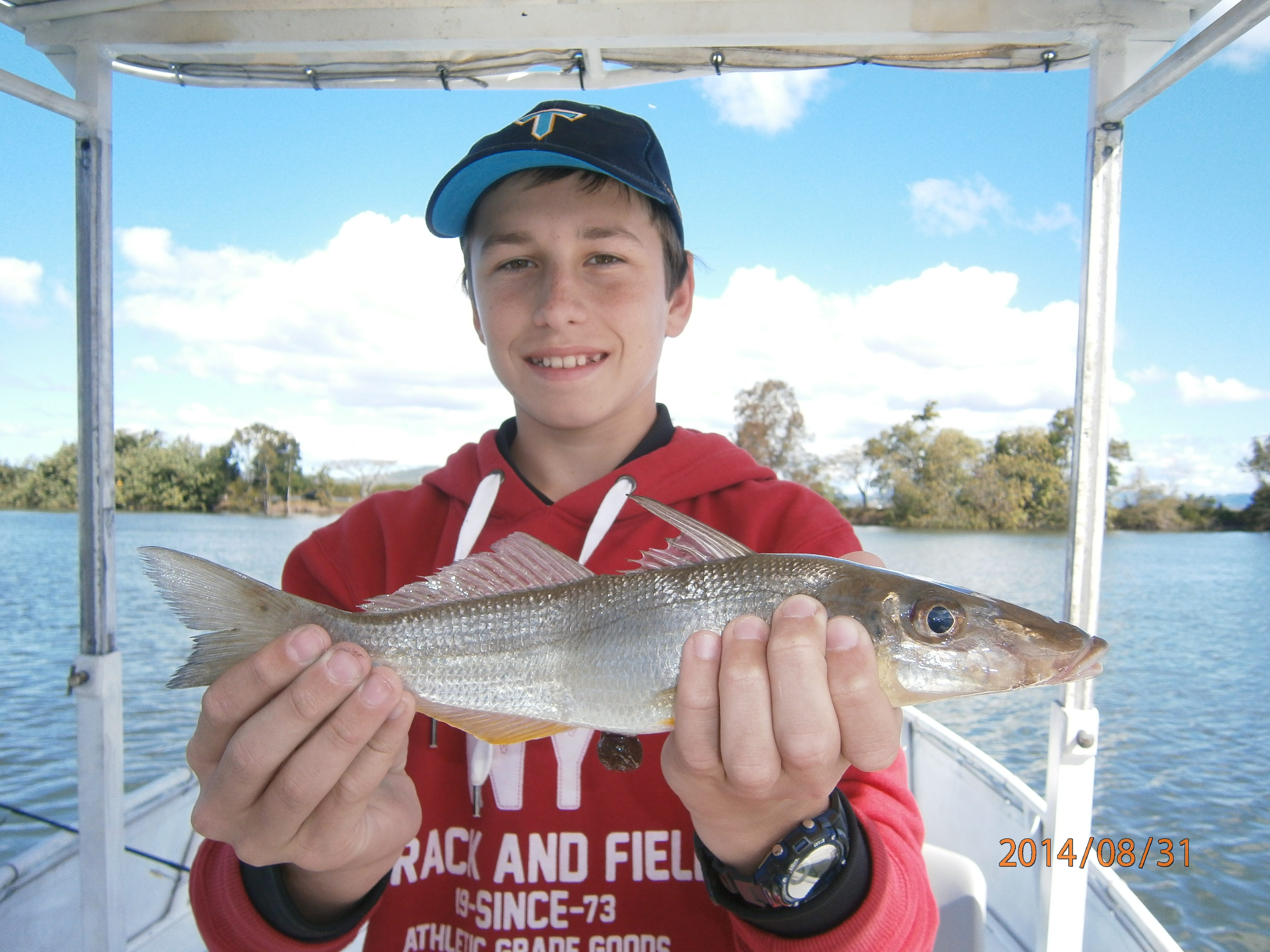
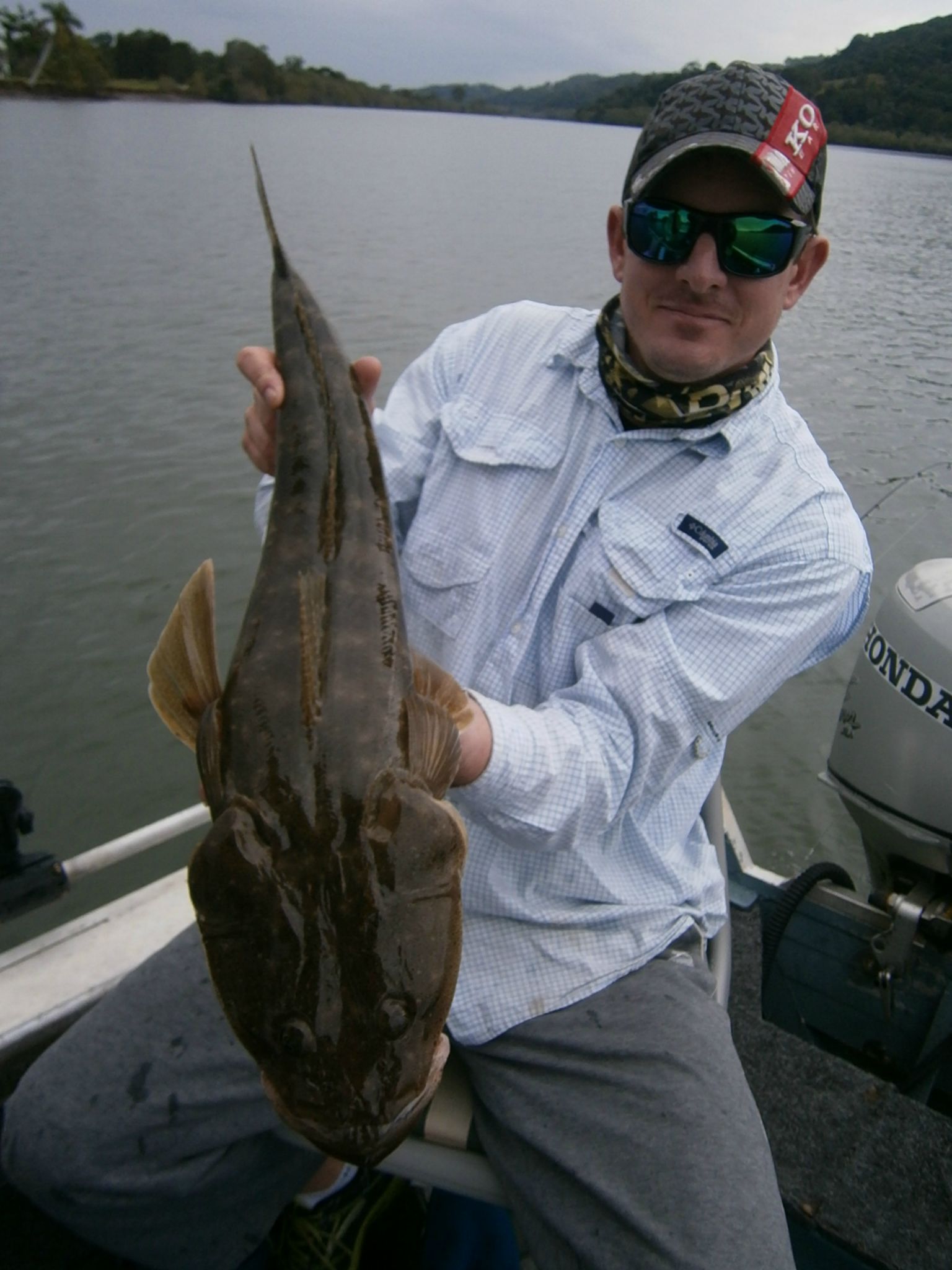
Keeping them wide will ensure a gap is set between the lures to avoid cross-ups, and keeping the rod tips close to the water will keep the lures running at their optimum depth. When possible, try to troll with the tide rather than against it because fish normally face into the current. So if you troll with the tide you will be bringing your presentation towards them.
The last link in the chain is maintenance of your lures’ running actions, which means keeping them free of any contamination such as weed that might be hooked due to continuously hitting the bottom.
Well as you can see, quite a few things need to be considered when trolling. But as with most things in life, trial and error as well as practice will help to make perfect.
 Bush 'n Beach Fishing Magazine Location reports & tips for fishing, boating, camping, kayaking, 4WDing in Queensland and Northern NSW
Bush 'n Beach Fishing Magazine Location reports & tips for fishing, boating, camping, kayaking, 4WDing in Queensland and Northern NSW
